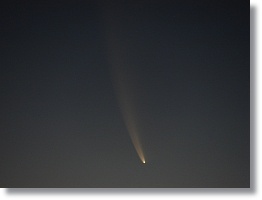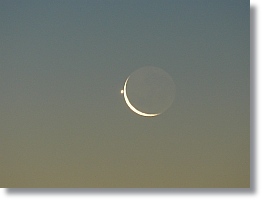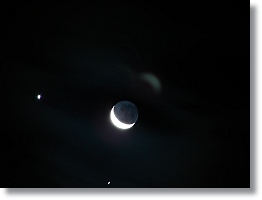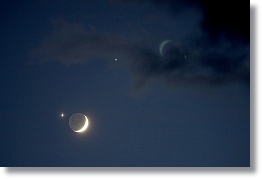- HOME
- CONTACT US
- Comments
- Cape Town
- Cape Town at night
- Stellenbosch
- Simons Town
- Kalk Bay
- Hermanus
- Genadendal
- Greyton
- Paarl
- Franschoek
- Mamre
- Butterfly World
- World of Birds
- The Argus Tour
- flora and fauna
- West coast spring flowers
- Big-and-small-five
- Space Photography
- South Africa geography
- Cape Carnival
- Penguin rescue
- dolphin-killings-in-denmark
- Cape Town Weather
Space Photography
First, you should always carry a tripod with you, without it space photography is not possible.
Celestial bodies seen from the earth are not standing still. As our planet rotates around its own axis, so star's and planet's moving in front of our camera lens. The more magnification you have on your lens the quicker bodies seem to move.
To shoot stars and planets for scientific purposes or merely for high quality pictures, the camera need to be mounted on a tripod with a 24 hr motor which comensates for the earth's rotation.
Without it, a body appears only in the north close to the pole star as a point, since it is only one degree from the north celestial pole, the extension of our Earth's axis. All the other stars appear to revolve around it, and become in long exposure times long trailing circles.
If we expose for 24 hours, the stars are formed as closed circle lines. Only in the most northern regions at the time of eternal night, we could make such recordings.
For such images, only moonless nights are perfect. In addition, you should move away from large cities. Artificial light sources ( light pollution ) and a cloudy atmosphere let most of the stars disappear.
Web design and publishing by Ernst Weinert




